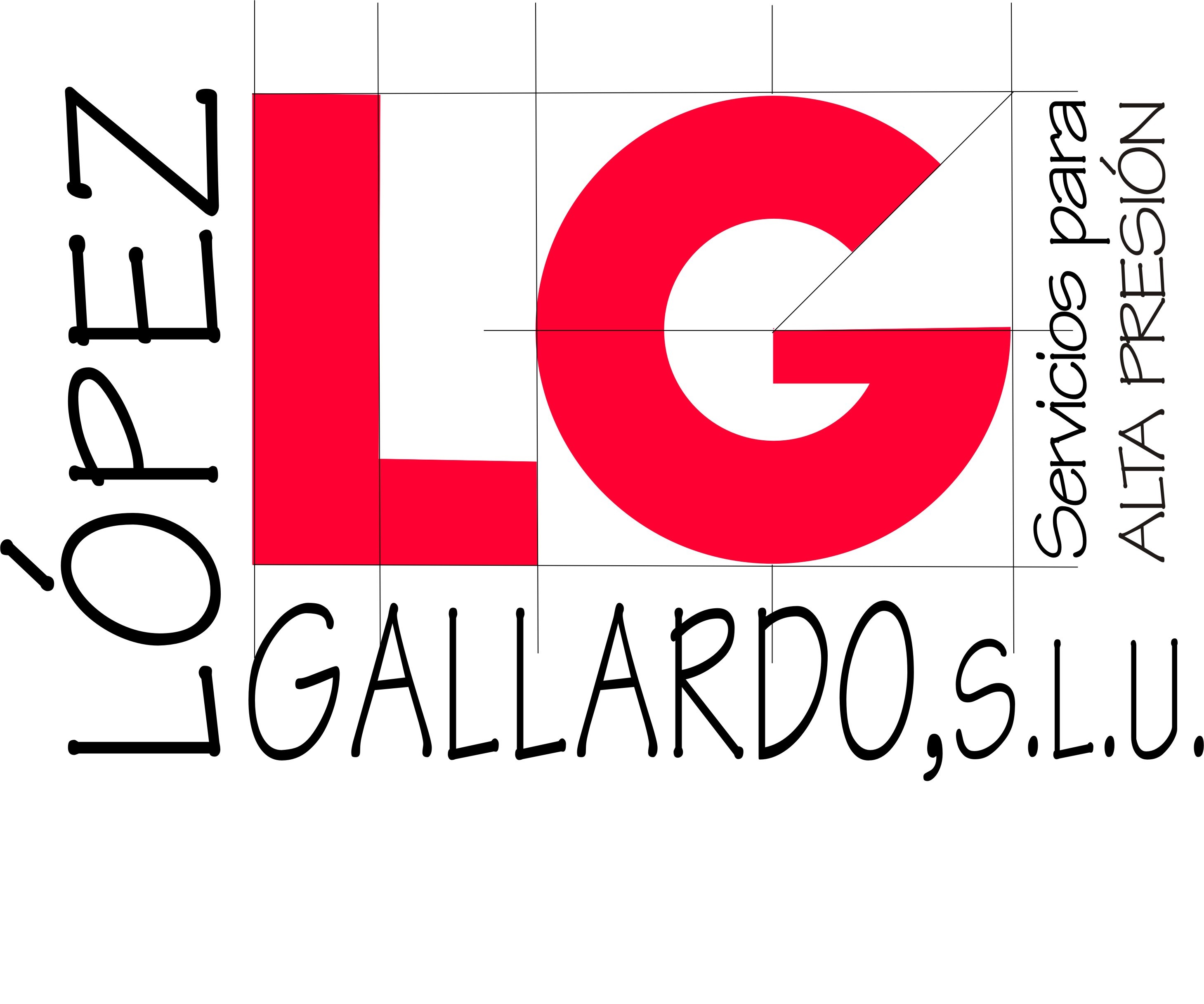Sin categoría
Organizing an Effective Workflow
Establishing and maintaining a system that is efficient in managing tasks and resource management is the most important aspect of implementing an effective workflow. A workflow can be formal and complicated or simple and flexible, based on the size of the task and how the task is managed. A simple workflow might include an email notification, a list of deliverables, etc. while a formal, complicated workflow might involve several software systems working together to carry out each step of the process.
Begin by putting the process in your Mind
Start by identifying the process you’d like to improve. It could be something as simple as how you handle emails, or something more complicated, such as how your accounting department handles medical bills. Once you have a clear idea of the process in mind get your team together and discuss the steps involved. Document everything and identify any issues. This will help you plan the process and make it easier to determine where the process could be improved or streamlined.
Determine how long each step will take. This can be determined based on previous experience, estimates or by looking at the current data. Setting deadlines and milestones will assist everyone in staying on the right track. In addition, it is important to delegate tasks as much as you can so that you don’t place all the burden on yourself. This bestboardroom.blog/the-advantages-of-using-data-rooms-to-optimize-effectiveness-among-corporate-members does not mean that you’ll never have to complete a particular task by yourself, but instead to allow your team members the freedom to complete their tasks and concentrate on them in a way that is beneficial to the entire practice.

